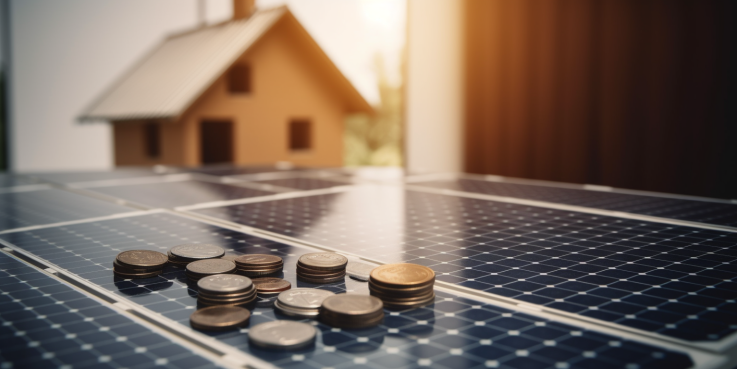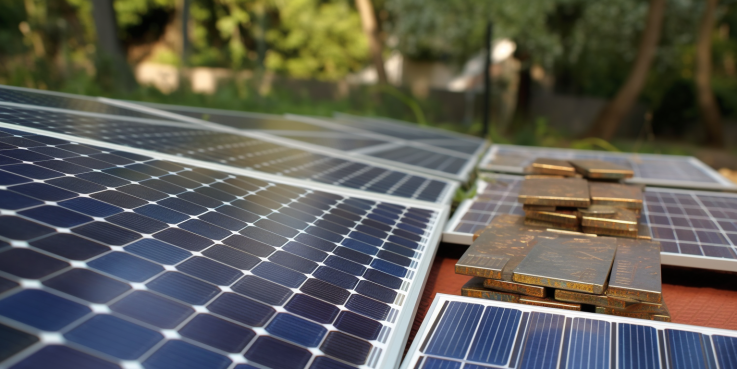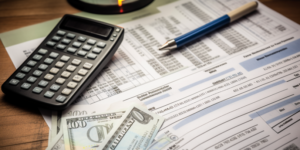
Saving money is a sensible strategy that resonates with individuals seeking financial stability. Solar panels, coupled with smart money habits, offer a lucrative avenue for maximizing savings. This twofold approach combines the power of renewable energy with prudent financial decisions to yield substantial economic benefits.
The payback period for solar panels, ranging from nine to 12 years, promises to reduce or eliminate electric utility bills and save homeowners $50 to $100 per month. With the average American home’s monthly electricity cost pegged at $125, this translates into annual savings of $1,500. While the upfront costs of solar panels may seem daunting, diligent research into incentives and alternative payment methods can significantly mitigate these expenses. Moreover, solar panels continue to provide free energy throughout their lifespan, further enhancing long-term savings.
To optimize financial gains, establishing an emergency fund and allocating savings for future expenses are crucial steps. Traditional advice suggests maintaining three to six months’ worth of living expenses in an emergency fund. Additionally, investing excess savings in the stock market, with an average return of 10% per year, trumps the meager interest rates offered by savings accounts. By organizing savings into sub-accounts tailored to specific goals, individuals can effectively manage their financial aspirations.
By embracing solar panels and cultivating smart money habits, individuals can unlock the true potential of their savings.
Key Takeaways
- Solar panels combined with smart money habits can maximize savings.
- The payback period for solar panels is 9-12 years, after which they provide free energy for the rest of their lifespan.
- Homeowners can save $50-$100 per month on electricity bills by using solar panels.
- Investing excess savings in the stock market can yield higher returns compared to savings accounts.
What is the Payback Period?
The payback period for solar panels refers to the length of time it takes for the cost of installing the panels to be recouped through the savings generated from reduced or eliminated electric utility bills.
Calculating the payback period involves considering the upfront cost of the solar panels and the monthly savings on electric bills.
The financial benefits of solar panels are significant, as they can reduce or even eliminate electric utility bills. Homeowners can save an average of $50 to $100 per month on their electric bills, which can add up to $1,500 per year.
This can offset the average American home’s monthly electricity cost of $125.
By researching solar panel incentives and exploring alternative payment methods, homeowners can further reduce upfront costs and maximize their savings.
Additionally, net metering allows homeowners to sell excess electricity back to the utility company, increasing their financial benefits.

Savings and Return on Investment (ROI)
Investing excess funds in alternative avenues, such as the stock market, can potentially yield significantly higher returns over time compared to keeping savings in a traditional savings account. When considering solar panel financing and maximizing solar panel savings, it is essential to evaluate the potential return on investment (ROI).
While solar panels can pay for themselves within nine to 12 years and provide free energy for the rest of their lifespan, homeowners can further enhance their savings by exploring investment opportunities with excess funds. By allocating these funds into the stock market or other investment vehicles, individuals can potentially take advantage of the average stock market return of around 10% per year, compared to the relatively lower savings account rates of approximately 3%.
This strategy allows for the maximization of savings and long-term financial growth.

Organizing and Managing Savings Goals
Organizing and managing savings goals involves creating sub-savings accounts to allocate funds towards specific financial objectives.
One effective strategy for achieving savings goals is to automate savings contributions. By setting up automatic transfers from a primary account to sub-savings accounts, individuals can ensure that funds are consistently being allocated towards their desired goals. This eliminates the need for manual transfers and reduces the risk of forgetting to save.
Additionally, utilizing budgeting apps can provide numerous benefits for tracking savings progress. These apps allow individuals to set savings targets, track their progress, and receive notifications when they are close to achieving their goals. Budgeting apps can also provide insights into spending habits, helping individuals identify areas where they can cut back and save more effectively.
Overall, employing strategies such as automating savings contributions and utilizing budgeting apps can greatly assist in organizing and managing savings goals.

